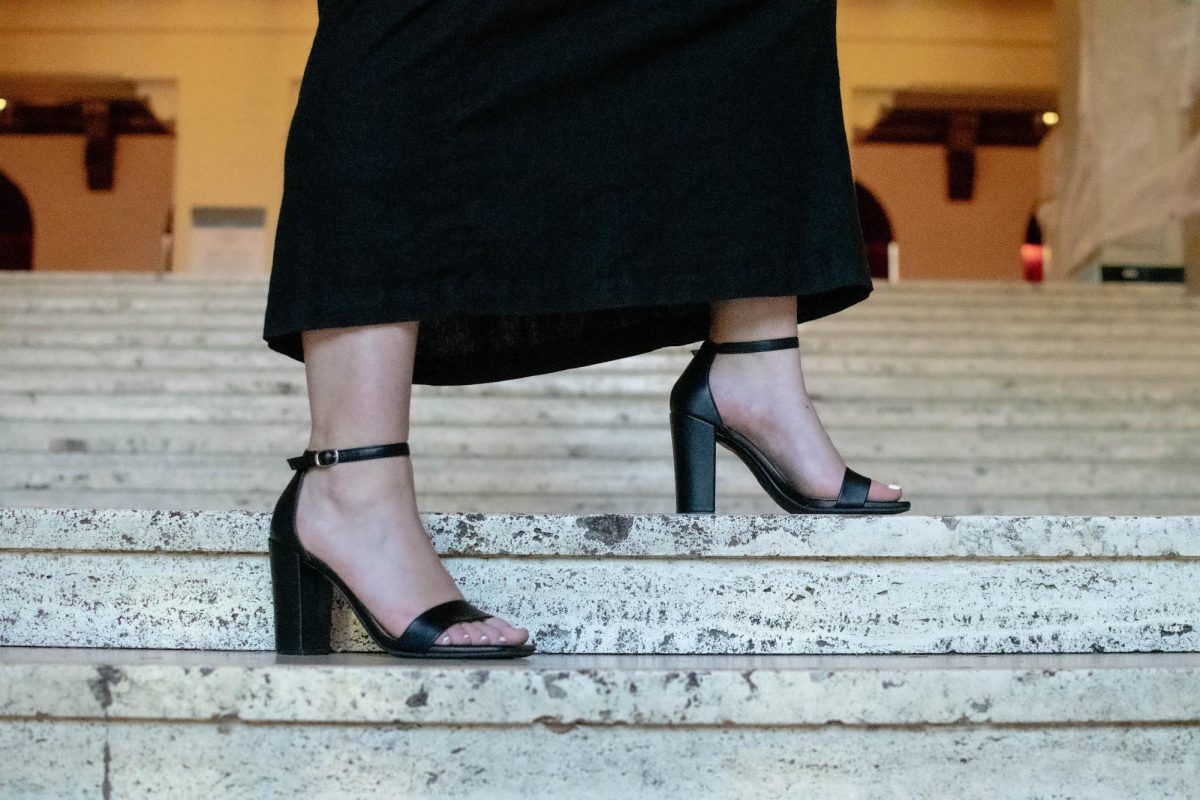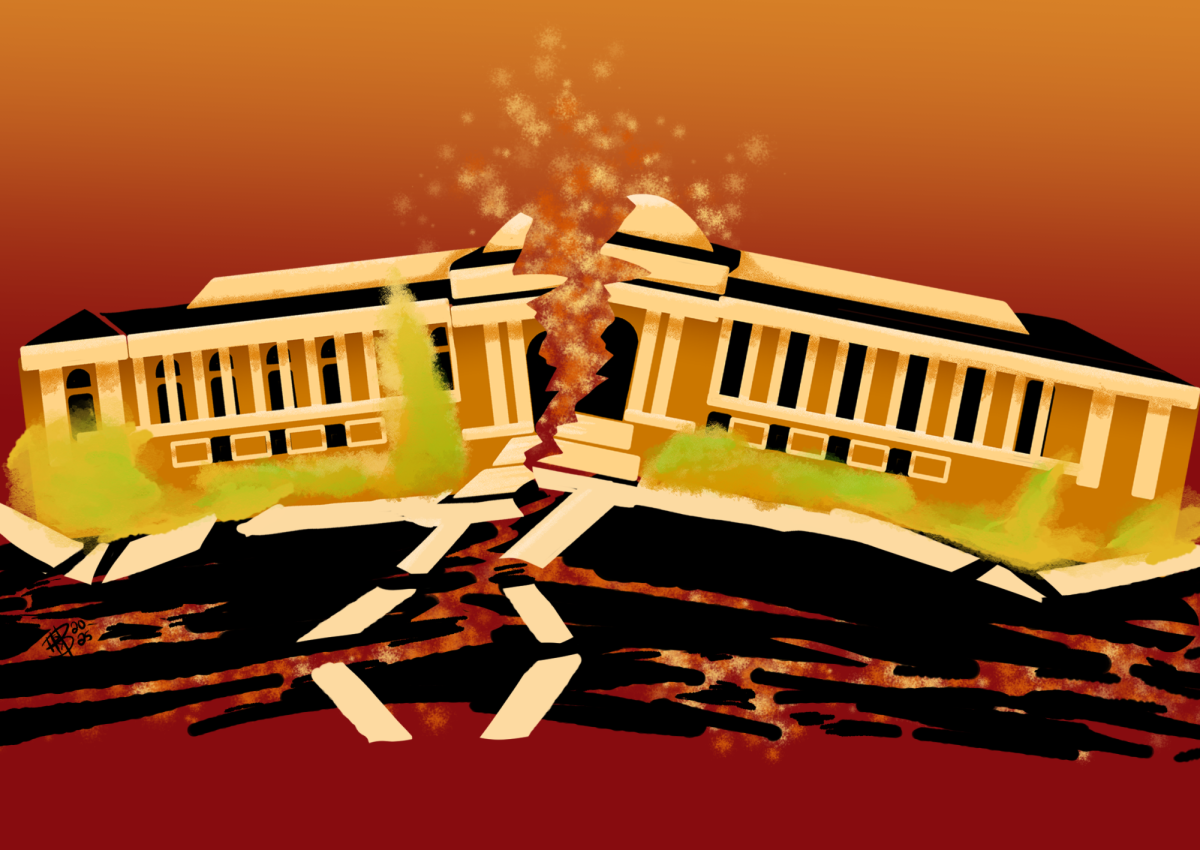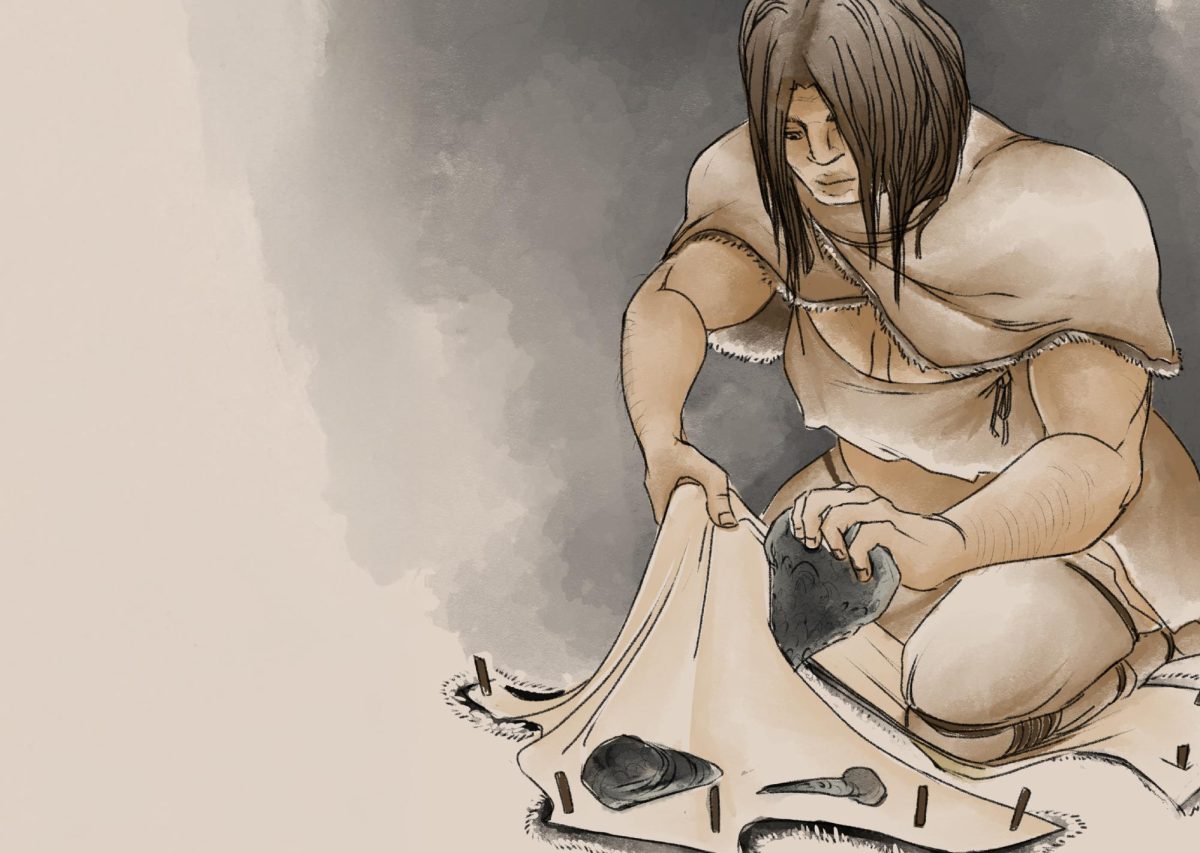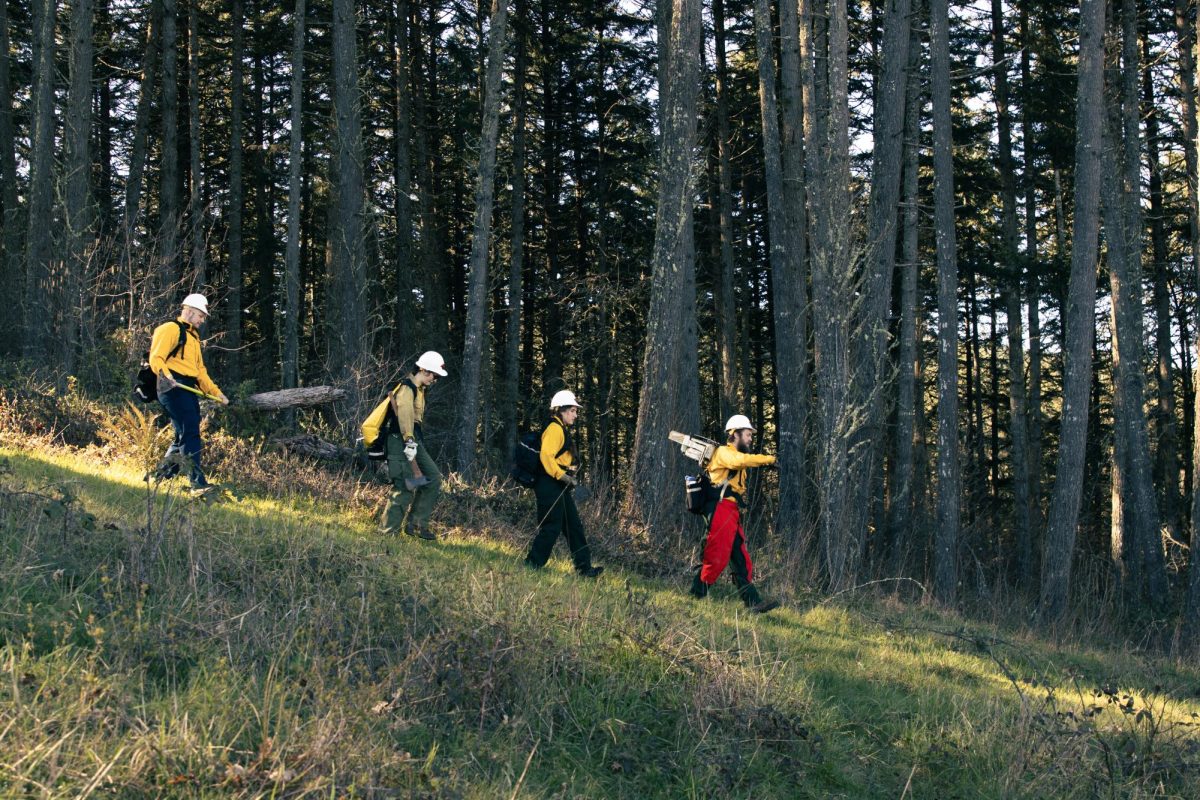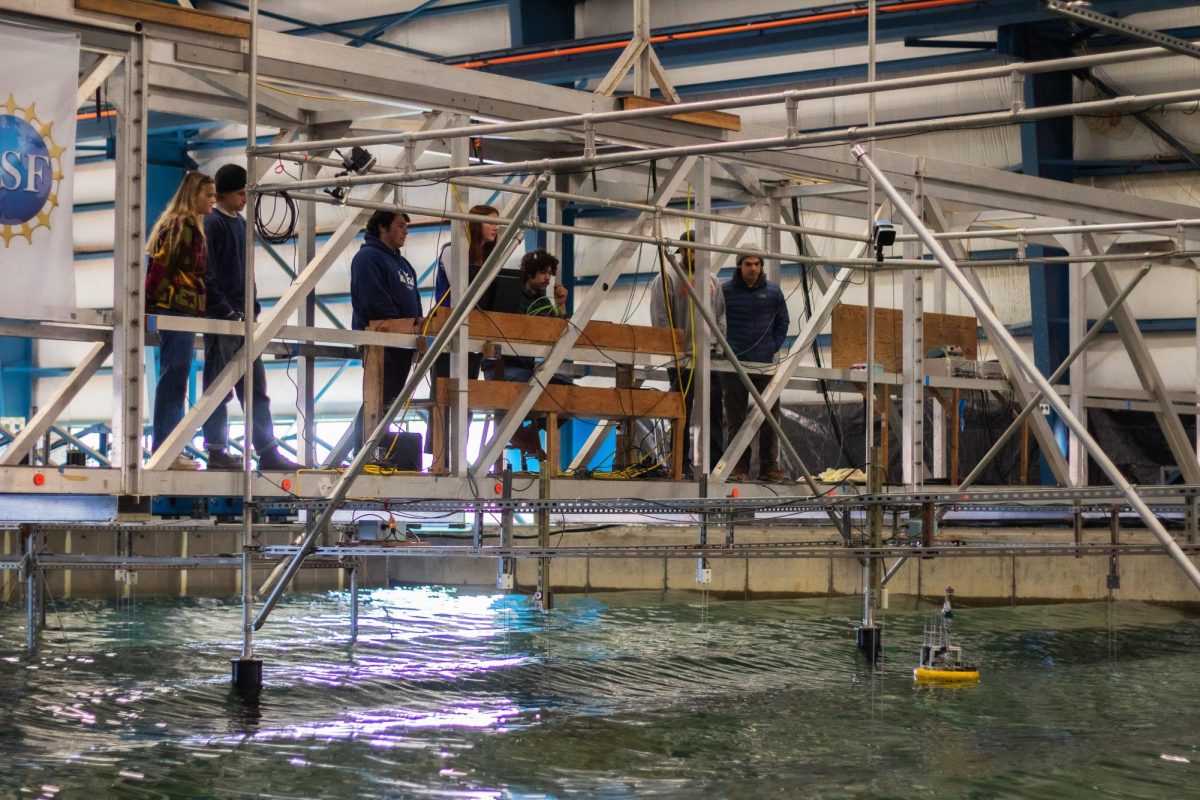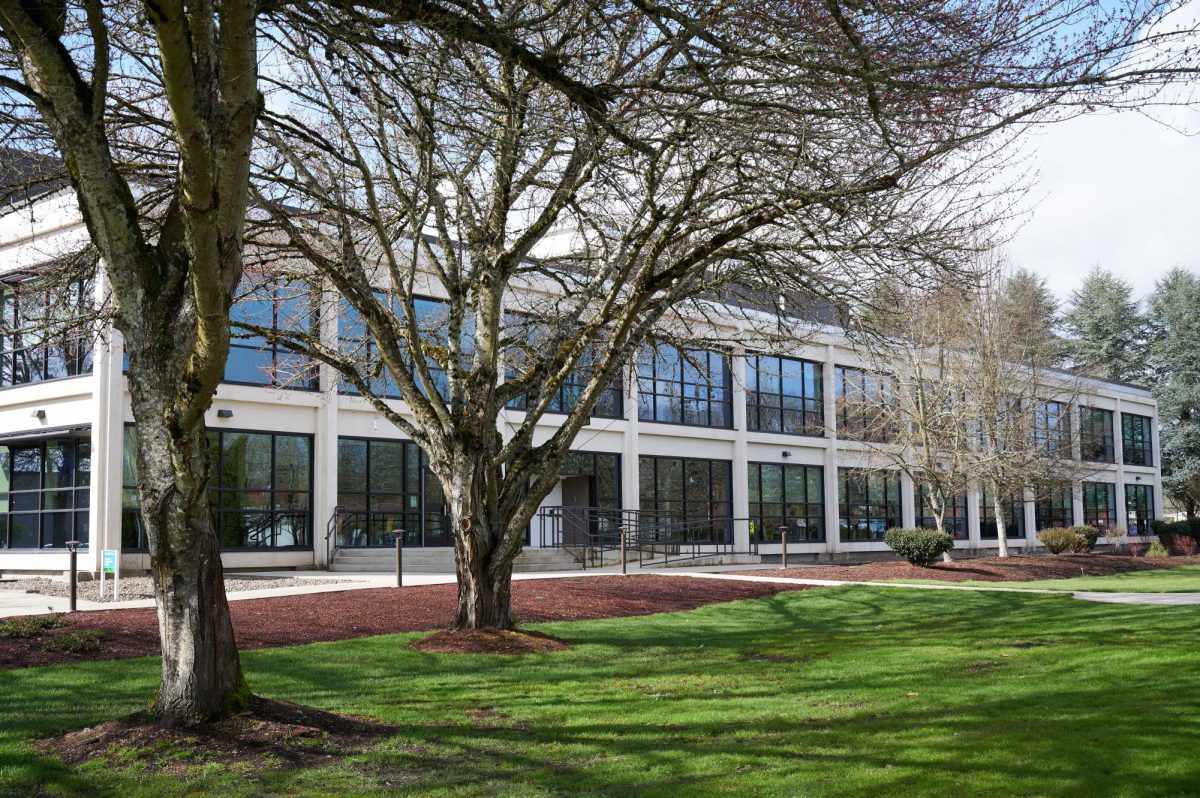One concept that raises a few questions is how shallow the stairs are in some of our most popular buildings, such as the Women’s Building, Ballard Hall and the Memorial Union.
Allegedly, the construction of these shallow staircases were to decrease the chance of women showing their ankles while walking up the stairs.
Tjodie Richardson, head undergraduate advisor for the Department of Applied Economics, confirmed that this was true.
Richardson started working at OSU in 1985, and was told this fact upon arrival. Due to working on campus for a while now, Richardson has noticed many unique things about OSU.
“Sometimes I just do a little research about Oregon State as well, just so that I’m a little more versed than I should be,” Richardson said.
“When Ballard Extension Hall was built in the 1920s, women wore long dresses and to hike up several flights of stairs as opposed to like shallow (stairs), that would hike up their skirt or that kind of thing,” Richardson said.
Richardson guesses that these stairs were constructed this way due to these buildings being more used by women, as opposed to other individuals. For example, Ballard Hall was originally a women’s dormitory. Richardson suggests that once longer dresses were out of style, the need for shallow staircases decreased.
There are still some remnants of Ballard Hall being once a women’s building, such as the remaining medicine cabinets with mirrors.
Along with the Women’s Building having a shallow staircase, the “U” in the word, “building” was written to look like a “V”. Richardson doesn’t know why that is.
There may be more treasures on campus that have yet to be uncovered.
Just in 2016, construction workers digging up earth in the north end zone of Reser Stadium, discovered mammoth bones, which were presumed to be at least 10,000 years old.
Before their extinction, thousands of mammoths would roam the Willamette Valley and it’s thought that the stadium was once a watering hole or pond, according to the Oregonian.
Richardson also points out that ESPN’s College GameDay came to OSU in 2010 and they set up in the MU Quad to watch a Beaver versus Duck football game.
“(ESPN College GameDay) were actually not necessarily more for the Beavers, but for the Ducks, it just happened that way,” Richardson said. “And that’s the first time that College GameDay was ever here since they’ve been around for 30 years.”
Another fun fact about OSU was that initial architect John C. Olmsted was the stepson of Frederick Olmsted, who designed the famous Central Park in New York.
Richardson also explains that OSU has built a number of buildings on top of pre-existing parking lots, such as the Kelley Engineering Center, which was built on two huge parking lots in 2005.
“A lot of parking where I currently work has gone away,” Richardson said. “And apparently more parking is going to go away when they build the supercomputer here in a couple of years.”
Richardson said the supercomputer will be built behind Johnson Hall, in the two parking lots that face Monroe Street across from Chipotle.
As more changes are brought to our campus, we can expect new unique creations and maybe even rediscover old abnormalities that will further produce a more eccentric OSU campus.

